Drug treatment programs feature a variety of therapy options that help the recovering addict regain their health and strengthen their recovery. Exercise programs can be an effective tool in assisting people to overcome their addiction.
While exercise programs have many benefits, they are not a one-size-fits-all proposition. Since every addict has unique needs, exercise programs must flex to fit those needs. The following article explains how treatment staff creates exercise programs in addiction treatment in nashville.
Table of Contents
Meeting with a Physician
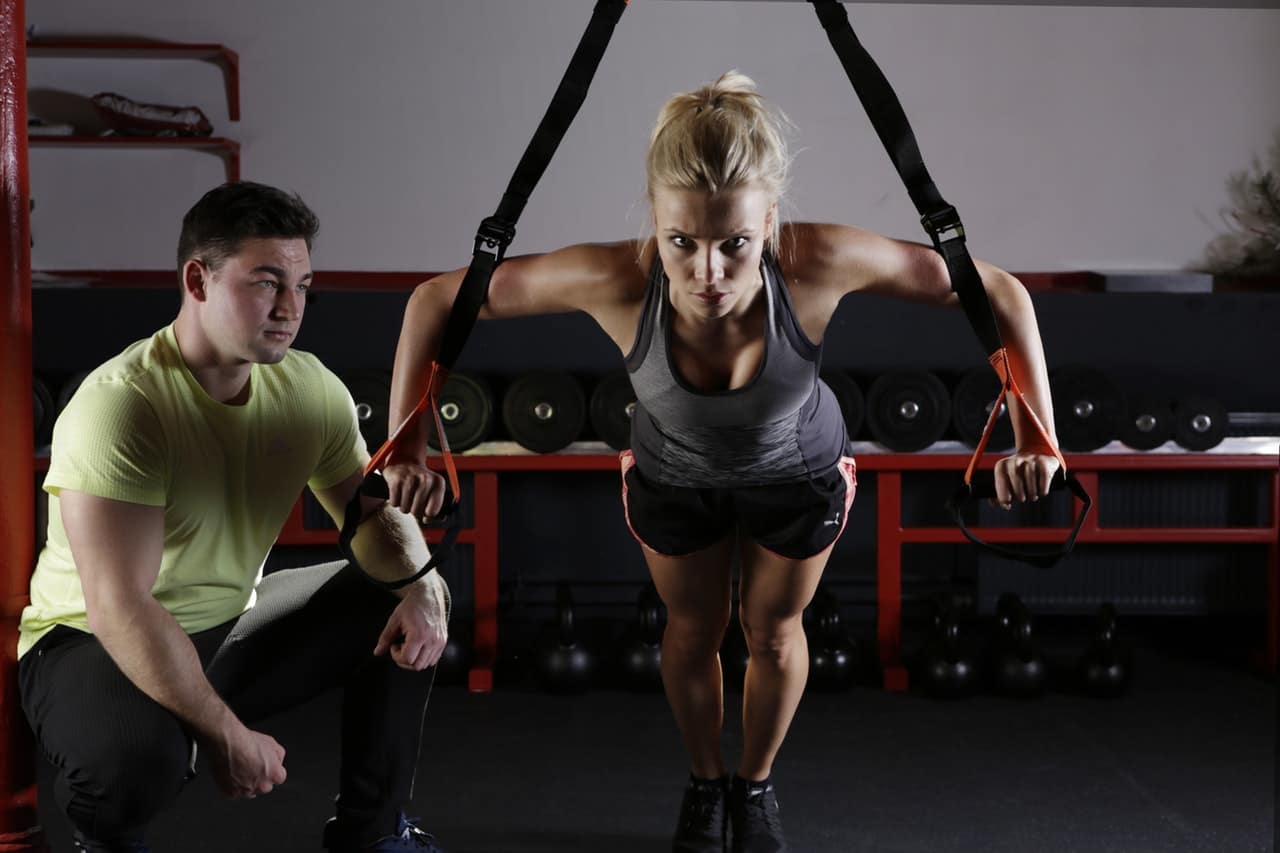
The first step in creating an exercise program in treatment is for the individual to meet with a physician who will assess their readiness for such a program.
For people who have underlying health issues. An exercise program may need to be postponed until those issues are addressed and rectified.
Also, the implementation of an exercise program may be delayed if the patient has severe withdrawal symptoms that first require medication-based therapy. Once the physical symptoms of withdrawal diminish, patients can transition into an exercise program.
Assessing Physical and Psychological Issues
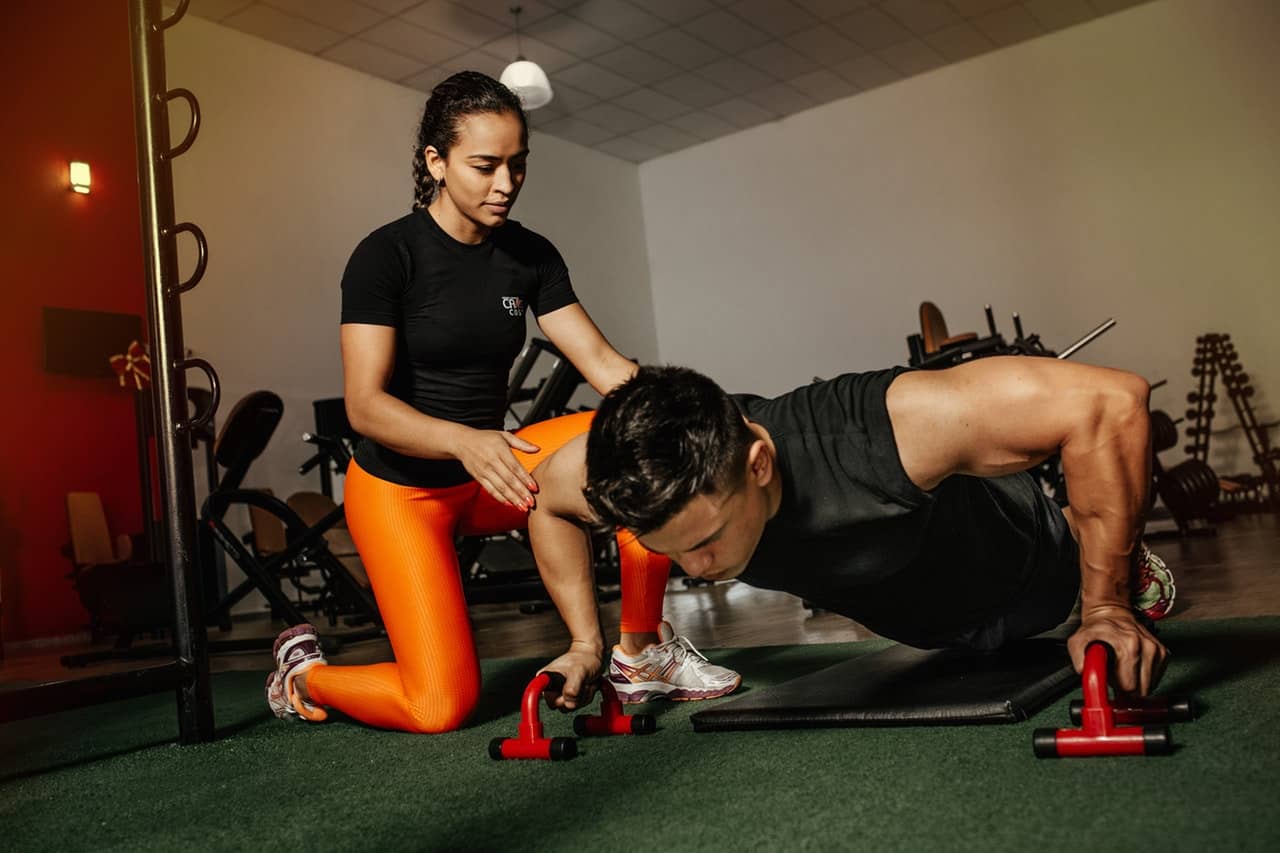
When an exercise program is implemented in addiction treatments the staff are looking to help a client’s physical issues such as weight gain, cardiovascular problems, and muscle atrophy. Exercise programs help to alleviate these issues while keeping their limitations in mind. The types of exercises are dependent on what the facility offers, willingness and ability of the client to participate in these exercises.
Additionally, exercise programs look to address the client’s psychological issues. Exercise releases the neurotransmitter dopamine in the brain. As a result, clients feel much better about themselves, brings about a feeling of calm, and helps clients build confidence and a sense of self-worth.
Again, the scope of one’s exercise program is dependent on their limitations and willingness to participate.
Motivation
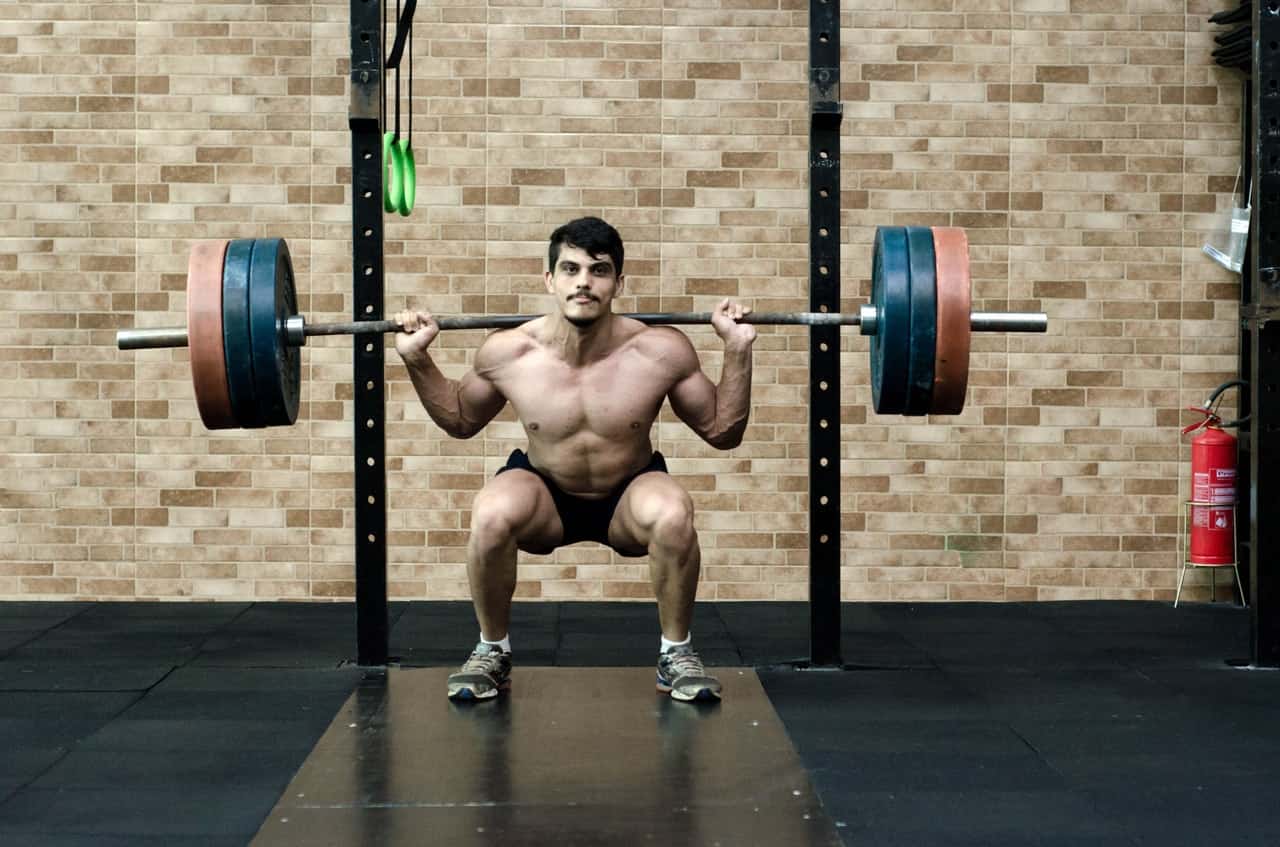
As alluded to in the previous step, a client’s individualized exercise program will be created depending on their overall motivation, among other factors. Staff will assess what type of exercise types and programs to offer a client based on their interests and fitness levels.
Whether it is weight training, swimming, intramural sports, or a simple walking program, staff will find the activities that best suit each client. These activities will act as motivation for the client to stick with treatment for the duration of their stay.
Creating the Exercise Treatment Plan
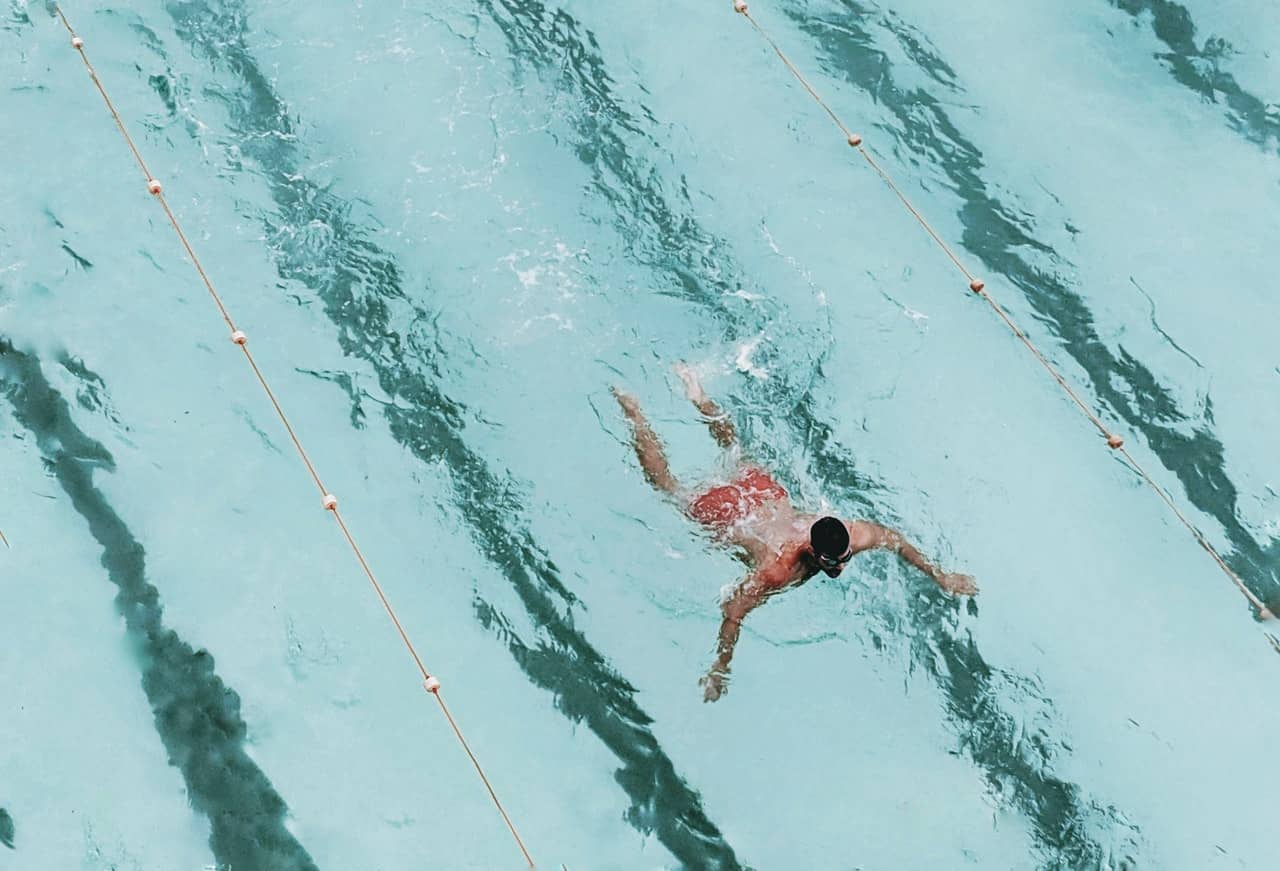
Through careful and thorough assessment, staff will then create the individualized treatment plan the best fits the needs of the client. It is important to note this program will be creates, keeping in mind the client’s limitations and any co-occurring disorders.
In some cases, a client may not be able to take on an intense exercise program, so yoga and swimming may best suit their needs. In other situations, clients may benefit from a more intense exercise regimen. As the patient progresses in treatment, staff can modify their exercise program to fit their changing needs.
Taking it Slow
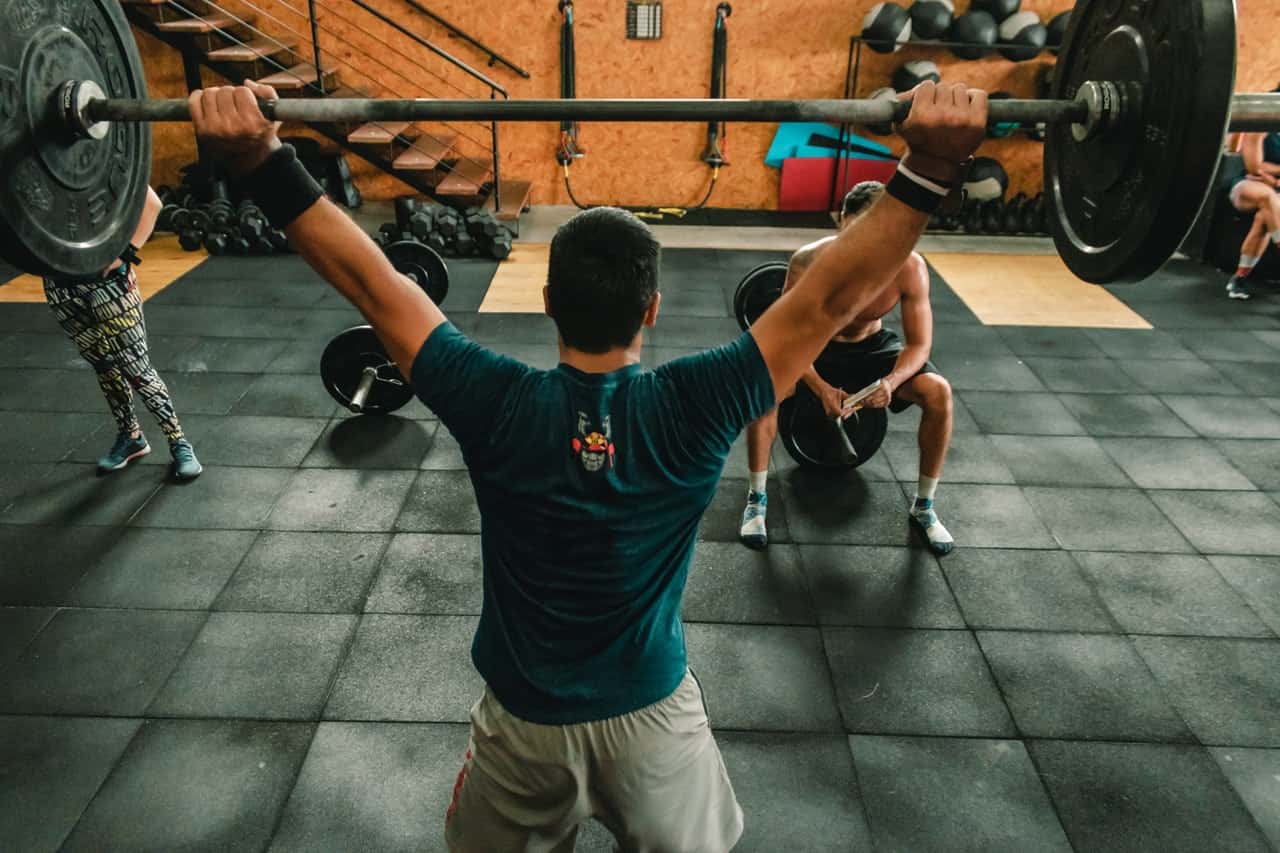
Once an exercise program has been creates, staff ensure the client starts the program slowly and with supervision. Since many addicts may not have exercised much in the past. They need to ease into the program and slowly build stamina and strength. As they progress in their program, clients can build intensity.
Other types of exercises and fitness activities can be incorporated if the client is motivated and willing to take new challenges.
When set in motion, exercise programs can provide clients and confidence they need to work their overall plan of recovery. Exercise not only helps people look their best; it helps them feel better about themselves. With this increase in confidence and self-esteem, recovery becomes a lifestyle that lasts for a lifetime.
Helpful Resources:
1. Top 10 commandments of the long distance runner
2. Best Exercises For A Complete Back Workout
3. Best Chest Exercises For Building Muscles

